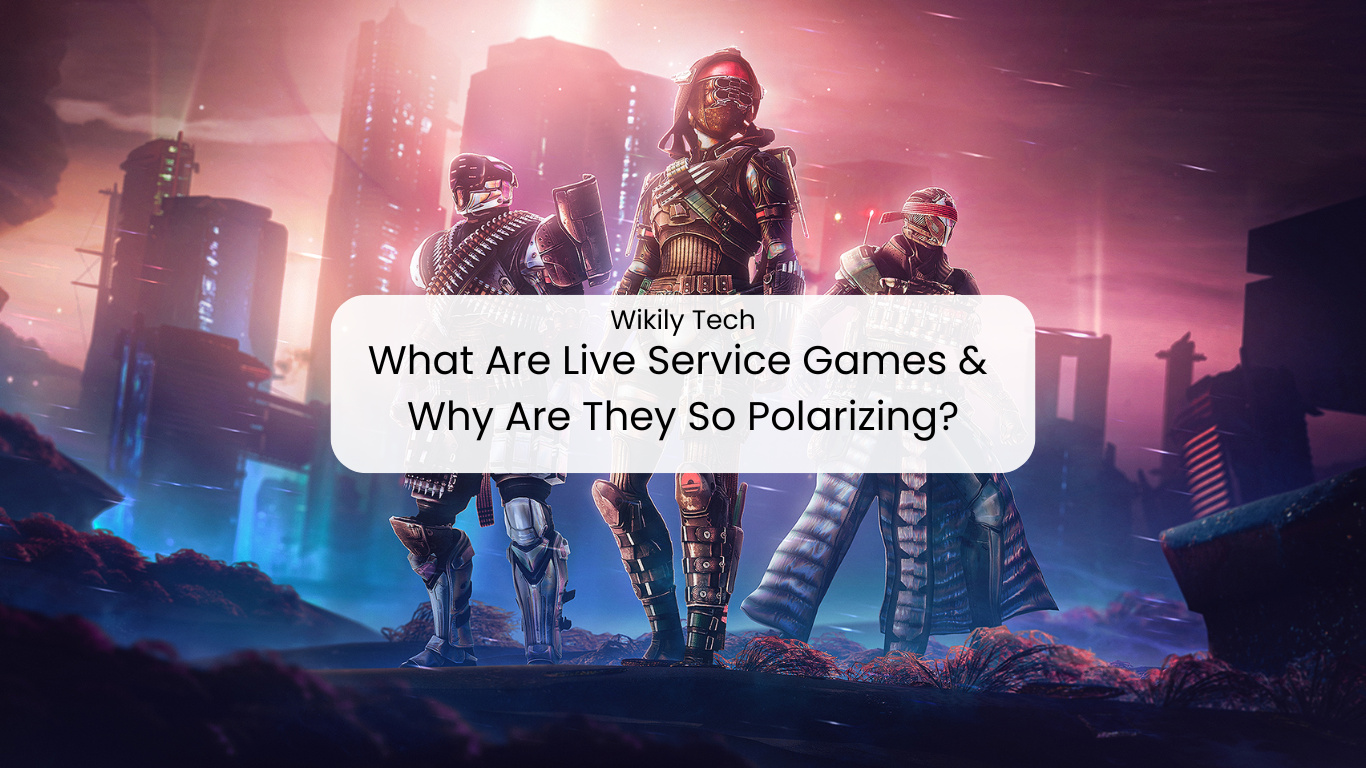In the ever-evolving world of video games, live service games have carved out a significant niche. These games are not just products you purchase once; they are ongoing experiences, continuously updated with new content, features, and events. This model keeps games fresh and engaging but also stirs up diverse opinions among players.
Contents
Understanding Live Service Games
Live service games, also known as live games or games as a service, are titles that are developed and updated on a continual basis. Unlike traditional games, where the experience is static following the initial release, live service games are dynamic. They evolve over time, with developers adding new content, patches, and features regularly. Popular examples include Fortnite, Destiny 2, and Apex Legends.
Key Characteristics
- Ongoing Updates: Regular updates that introduce new content, from cosmetic items to entirely new gameplay mechanics.
- Monetization Models: These often include microtransactions, where players can purchase in-game items or subscriptions.
- Community Engagement: Continuous developer-player interaction, with feedback loops that help shape the game’s evolution.
- Events and Challenges: Timed events or special challenges that keep the gameplay exciting and engaging.
Why Are Live Service Games Polarizing?
Live service games often find themselves at the center of debate within the gaming community for several reasons:
Pros of Live Service Games
- Continuous Content: Players enjoy a stream of new content that keeps the game fresh and exciting.
- Community Focused: These games often build strong communities, as players interact not just with the game, but with each other.
- Dynamic Evolution: The game grows and changes, which can keep the gameplay experience varied and intriguing over time.
Cons of Live Service Games
- Monetization Issues: The reliance on microtransactions can lead to criticism over pay-to-win structures or the feeling of never-ending spending.
- Burnout: The continuous nature of updates can overwhelm or exhaust players, feeling like a never-ending commitment.
- Quality of Updates: Sometimes, the quality of new updates may not meet player expectations, leading to dissatisfaction.
Conclusion
Live service games represent a revolutionary shift in how games are developed, maintained, and monetized. They offer an evergreen experience that can adapt and grow, but they also require a delicate balance of monetization, community management, and quality content to avoid alienating players. As this genre continues to evolve, it remains to be seen how these games will adapt to meet player expectations and industry standards.
In essence, whether you adore the ever-evolving challenge or criticize the ongoing monetization, live service games are a potent force in the gaming industry, reflecting broader trends toward digital, service-based consumer experiences. They’re a testament to the shifting paradigms in how media is consumed and enjoyed.
